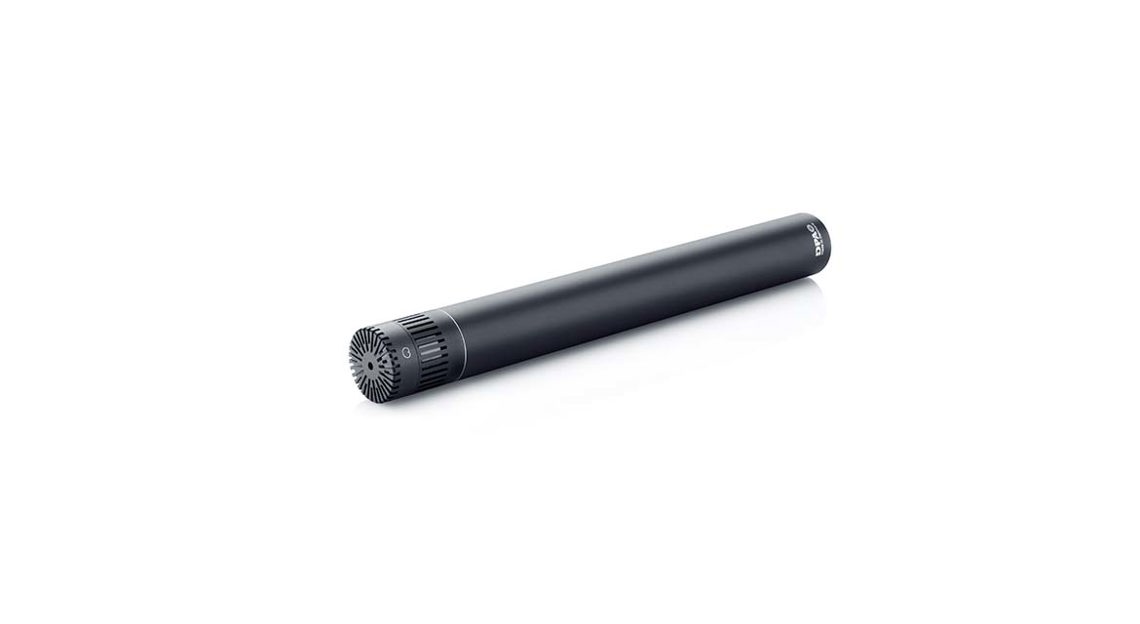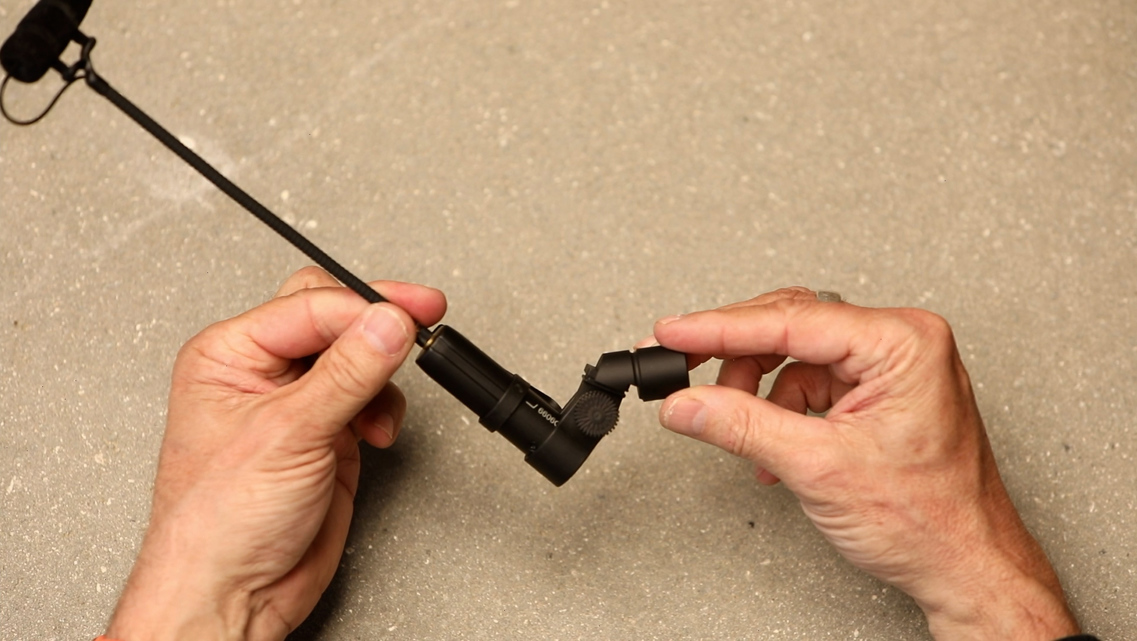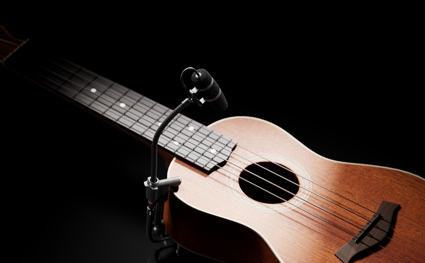Close miking a balalaika
Guidelines for close-miking the balalaika.

A balalaika, like all acoustic instruments, projects its sound unevenly, so the sound changes according to the pick-up position of the microphone.
Please remember, great sound is subjective, and the miking methods described in this article are suggestions only. Try these methods out, but make sure to listen and choose the best solution for your specific situation.
Close miking with one mic
Close miking with a cardioid or a wide cardioid microphone is the perfect solution for recordings or live PA, where natural sound with a high level of isolation from neighboring sound sources is needed.
Finding the sweet spot
Error loading Partial View script (file: ~/Views/MacroPartials/TaggedProducts.cshtml)Microphone positions close to the upper part of the balalaika will probably give the best result as there will be an even representation of the fingerboard (fretboard) and the sound hole
DPA’s cardioid microphones like 4011 Cardioid Mic and 2012 Compact Cardioid Mic are neutral with regards to proximity effect at 30 cm distance on-axis. A wide cardioid, like the 4015 Wide Cardioid Mic is designed to sound natural at 60 cm. Closer microphone positions will add more low frequencies.
Since DPA microphones have a natural and even frequency response off-axis as well, you can use the attenuation to balance the levels between the fretboard and the sound hole, simply by angling the microphone.
The 4099 CORE+ Instrument Microphone can also be used on a mic stand using the MS-CLIP Microphone Stand Clip. The 4099 CORE+ is more directional and will therefore react stronger on position variations, which might be an issue if the instrument is moving during the performance.







